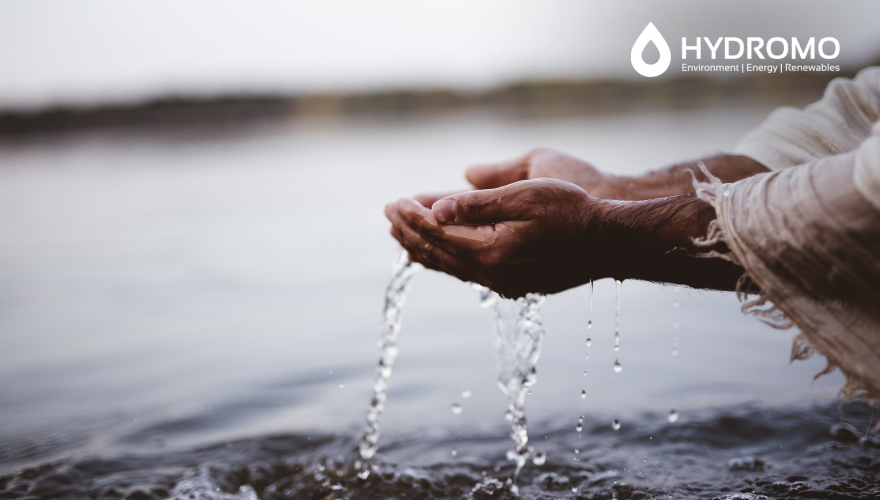
India is a country where water is in a dangerous crossroads situation. Having only 4% of the world’s fresh water resources and almost 18% of the world’s population, the equilibrium between the supply and demand is quickly becoming very vulnerable. The combination of rapid urbanisation, population growth, and climate change is drawing India into a future where water scarcity may become one of the country’s largest issues.
A Growing Water Paradox
India only gets about 4,000 cubic kilometres of rainfall each year, but in just a few weeks, it is all during the monsoon. With inefficient storage and management systems, most of this water runs off within a short time, leaving very little to be used over the long term.
The groundwater, which supplies more than 85% of rural homes, is being lost at an alarming rate. Recent studies have shown that 14% of groundwater blocks are overexploited, with the other 4% in critical condition. In the meantime, India can retain approximately 6% of its rainfall as opposed to the 250% of its rainfall that developed countries can retain annually using advanced infrastructure.
The urban environment is not any better; cities such as Bengaluru or Chennai are already under threat of the so-called Day Zero, when the taps are expected to dry out completely.
What’s Driving the Crisis?
Agriculture: Almost 80% of India’s water goes to agriculture, with over 50% of irrigation relying on rapidly depleting aquifers.
Industry & Urbanisation: Industrial demand and rising urban populations are putting additional stress on already stretched resources.
Policy Gaps: The implementation of water governance in India has been a weak point in policy regarding numerous reforms and programs.
The water future solutions.
Smart technologies and online monitoring.
Water management can be revolutionized with the help of innovations like IoT sensors, smart meters, AI-driven water grids, and other innovations. Real-time monitoring might support future shortages and leakage detection, as well as optimize utilization within industries. Geospatial mapping and data analytics can also be used to track groundwater and recharge planning.
Policy Reform & Governance
There should be improved laws and responsibilities. Allowing statutory authority to the Bureau of Water Use Efficiency, enacting a National Climate Change Act, and improving water-use efficiency by 20% in the National Water Mission are steps in the right direction.
Another important aspect is the presence of so-called Integrated Water Resource Management (IWRM)—a decentralised policy that represents demands on the local level and supports water solutions at the community level.
Cooperation between Sectors.
The government by itself cannot solve the water problem. The policymakers, the industries, the civil societies, and the local communities should work together. The success of the group involvement, information sharing, and upscaling of the new practices is easily seen through programs like India Water Week.
Restructuring water as an asset is crucial.
The water story in India does not have to be a crisis story. Water can become a controlled national resource rather than a limited resource with the correct combination of technology, governance, and community involvement.
The need is evident: today, by investing in the field of storage, managing use, and developing innovative methods, India will ensure a clean water legacy for future generations.
